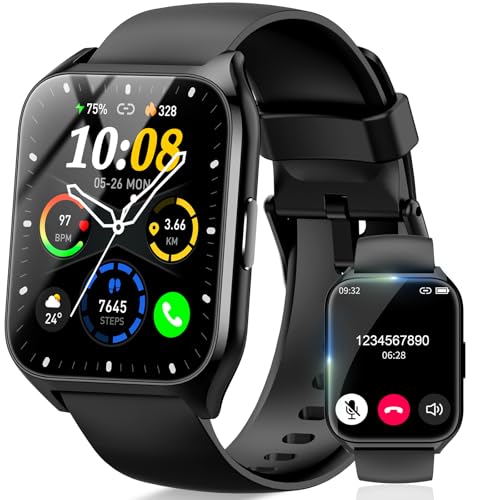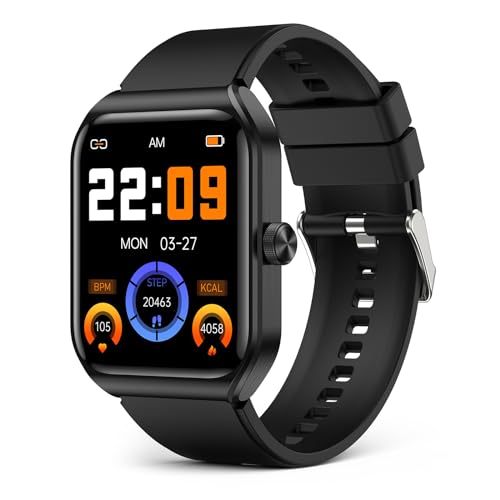
When you slip your smartwatch on before bed, have you ever wondered how it accurately tracks your sleep patterns throughout the night? The technology behind this seemingly seamless process involves a sophisticated interplay of sensors that meticulously monitor various aspects of your sleep, from movements to heart rate fluctuations. But how exactly do these sensors work together to provide you with insightful data about your sleep quality and habits? Let’s explore the intricate mechanisms that enable your smartwatch to decode the mysteries of your nightly rest.
Sensors Used for Sleep Tracking
When tracking sleep patterns, smartwatches utilize various sensors to monitor your movements and body responses throughout the night. These sensors include accelerometers, which detect movement and distinguish between light sleep, deep sleep, and REM sleep based on your wrist’s motions. By analyzing your movement patterns, smartwatches can estimate the time you spent in each sleep stage.
Moreover, smartwatches equipped with heart rate sensors can provide insights into your sleep quality. Changes in heart rate during the night can indicate different sleep stages and the overall quality of your rest. Additionally, some smartwatches feature SpO2 sensors that measure blood oxygen levels. This data helps in detecting potential breathing issues like sleep apnea.
In combination, these sensors work seamlessly to offer a comprehensive overview of your sleep patterns. By leveraging this information, smartwatches can provide personalized recommendations to improve your sleep quality, such as adjusting bedtime routines or identifying factors that may disrupt your rest.
Monitoring Heart Rate During Sleep
Utilizing heart rate sensors, smartwatches track your heart rate during sleep to provide insights into your sleep quality. By continuously monitoring your heart rate throughout the night, these devices can detect variations and patterns that indicate different sleep stages. During the various sleep cycles, such as light, deep, and REM sleep, your heart rate fluctuates, and smartwatches use this information to determine when you’re in each stage.
Tracking your heart rate during sleep allows smartwatches to calculate metrics like your resting heart rate and heart rate variability. These metrics offer valuable information about your overall cardiovascular health and fitness levels. For example, a lower resting heart rate generally indicates better cardiovascular fitness. By analyzing your heart rate data in conjunction with your sleep patterns, smartwatches can provide personalized insights to help you understand how well you’re resting and recovering during the night.
Tracking Movement and Position Changes
Smartwatches track your movement and position changes during sleep to analyze your sleep quality and patterns. By monitoring your movements throughout the night, these devices can determine different sleep stages, such as light, deep, and REM sleep.
When you’re in a light sleep stage, you may exhibit more movement as compared to the stillness of deep sleep. Smartwatches use accelerometers to detect changes in your wrist’s position, indicating shifts in your sleep posture. For example, if you’re constantly changing from your back to your side, it might suggest discomfort or restlessness during sleep.
Additionally, tracking your movements helps in identifying any disruptions or awakenings during the night, giving insight into the overall quality of your sleep. By analyzing these movement patterns, smartwatches can provide you with a detailed sleep analysis report, offering suggestions for improvement and helping you understand your sleep habits better.
Algorithms for Analyzing Sleep Data
To analyze sleep data accurately, algorithms play a crucial role in interpreting the information gathered by smartwatches. These algorithms sift through the data collected by sensors, such as heart rate monitors and accelerometers, to determine the various stages of sleep – including light, deep, and REM sleep. By analyzing patterns in your movements, heart rate variability, and other biometric data, these algorithms can estimate when you fall asleep, wake up, and the quality of your sleep throughout the night.
The algorithms used in smartwatches are designed to differentiate between periods of restlessness and actual awakenings during the night. They can also identify breathing patterns and potential sleep disorders like sleep apnea. By processing this data, smartwatches can provide you with insights into your sleep quality and offer suggestions for improving your sleep habits. The accuracy and effectiveness of these algorithms continue to improve as technology advances, allowing for more personalized and detailed sleep tracking.
Trending Products



![Smart Watch for Women, Answer/Make Calls, Alexa Built-in, [1.8″HD Screen] Smart Watches for Women iPhone/Samsung/Android, Fitness Watch with Heart Rate Sleep SpO2 Monitor,IP68 Waterproof, 100+ Sports](https://m.media-amazon.com/images/I/41sW5jNVoyL._SS500_.jpg)










